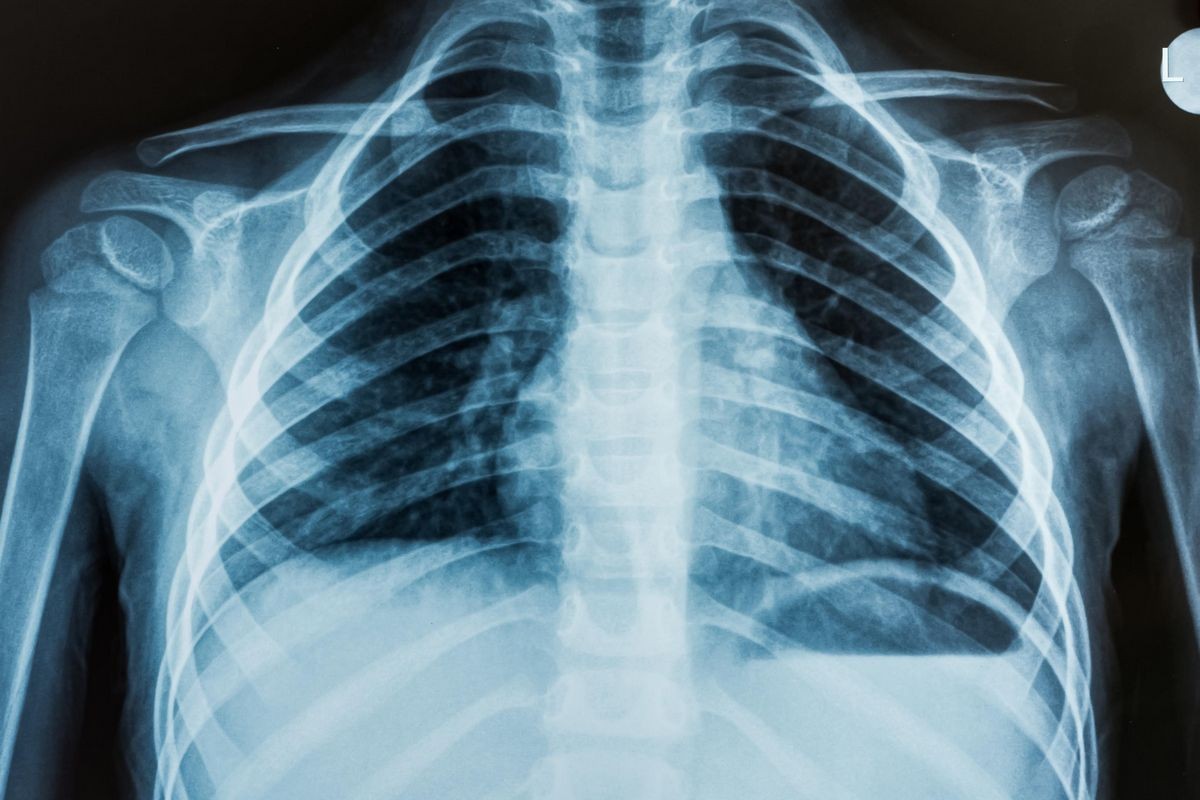
Contents
- 1 X-Rays
- 1.0.1 Is it safe to have X-rays while pregnant or breastfeeding?
- 1.0.2 What are the types of X-rays?
- 1.0.3 What are the risks of X-rays?
- 1.0.4 How do I prepare for an X-ray exam?
- 1.0.5 How are X-rays performed?
- 1.0.6 What are the side effects of contrast agents?
- 1.0.7 What happens after the X-ray procedure?
- 1.0.8 When will I receive the results of my X-rays?
X-Rays
The most common form of X-ray used is X-ray radiography, which can help detect or diagnose:
- Bone fractures
- Infections (such as pneumonia)
- Calcifications (like kidney stones or vascular calcifications)
- Some tumors
- Arthritis in joints
- Bone loss (such as osteoporosis)
- Dental issues
- Heart problems (such as congestive heart failure)
- Blood vessel blockages
- Digestive problems
- Foreign objects (such as items swallowed by children)
Is it safe to have X-rays while pregnant or breastfeeding?
The risk of side effects of an X-ray while pregnant is minimal, but it is important to protect the developing fetus. Inform your healthcare professional if you are or think you may be pregnant. X-ray examinations of the arms, legs, chest, head, or teeth do not expose reproductive organs or an unborn child to direct X-rays. However, X-rays of the abdomen, stomach, kidneys, lower back, or pelvis may potentially expose an unborn child to direct X-rays. Your doctor may adjust or postpone the X-ray exam if you are pregnant and the area to be X-rayed is sensitive. It is safe to have X-ray tests while breastfeeding. Breastfeeding can continue even if a mammogram is needed, unless a radioactive isotope is used in the contrast. In that case, your doctor may recommend temporarily stopping breastfeeding. Discuss the contrast agent being used with your doctor if you are breastfeeding.
What are the types of X-rays?
There are many types of X-rays used to diagnose conditions and diseases. Examples include:
- Mammography detects breast cancer.
- Computed tomography (CT) scans create detailed pictures of the body using X-rays and computer processing.
- Fluoroscopy uses X-rays and a fluorescent screen to view real-time structures, such as the beating heart or digestive processes.
- Other uses include cancer treatment with high-energy radiation to destroy cancerous cells and tumors.
What are the risks of X-rays?
The radiation produced by X-rays can harm living tissues. The risk is small but increases with cumulative exposure over a lifetime. There is a slightly increased risk of developing cancer later in life after exposure to X-rays, as well as cataracts and skin burns at extremely high levels of radiation. Risk factors for X-ray damage include a higher number of X-ray exams, receiving X-rays at a younger age, and being female.
To reduce radiation risks from X-rays:
- Keep track of your X-ray history and inform your doctors.
- Ask if there are alternative tests to X-ray exams.
- If pregnant or think you may be pregnant, inform the X-ray technician or radiologist.
How do I prepare for an X-ray exam?
No special preparation is needed for a regular diagnostic X-ray. You may be asked to remove clothing on the part of the body being X-rayed and any metal objects that may interfere. Contrast agents may be used, such as barium or iodine, which may require swallowing, injection, or enema. If an X-ray of the gastrointestinal tract is needed, you may be instructed not to eat or drink for 8 or more hours before the procedure. An X-ray technician will position you on an exam table and provide instructions for the X-ray.
How are X-rays performed?
X-ray tests involve positioning the part of the body being X-rayed between the X-ray source and a detector. You will lie on a table or stand against a flat surface for the X-rays to pass through. Dental X-rays usually involve biting on a film. The X-ray machine is aimed at the body part, and the actual X-ray takes a fraction of a second. Additional X-rays may be taken from different angles. The procedure usually lasts a few minutes, but it may take longer if contrast agents are used.
What are the side effects of contrast agents?
Side effects of barium may include nausea, vomiting, stomach cramps, diarrhea, constipation, and allergic reactions. Side effects of iodine may include nausea, vomiting, metallic taste, headache, itching, flushing, lightheadedness, skin rash, wheezing, abnormal heart rhythms, high or low blood pressure, shortness of breath, or difficulty breathing.
What happens after the X-ray procedure?
There are no side effects or after-effects of a regular X-ray. If contrast agents are used, temporary side effects may occur. Barium may cause stool color changes, while iodine injections may cause temporary sickness or a rash. Drinking plenty of fluids helps eliminate these agents from the body.
When will I receive the results of my X-rays?
Results are produced immediately, but the time to receive them varies. In a doctor’s or dentist’s office, the results may be discussed during the same visit. In a hospital’s emergency department or as an in-patient, it may take a few hours. If X-rays are taken at an imaging center, it may take a day or more to receive the results. Your doctor will inform you of the findings over the phone or schedule a follow-up visit.
By clicking Submit, I agree to the MedicineNet’s Terms & Conditions & Privacy Policy and understand that I may opt out of MedicineNet’s subscriptions at any time.
References:
United States Environmental Protection Agency. "Radiation: Facts, Risks, and Realities. April 2012.
Holmes, E.B. "Ionizing Radiation and Medical Imaging." Medscape. Dec. 6, 2019.


